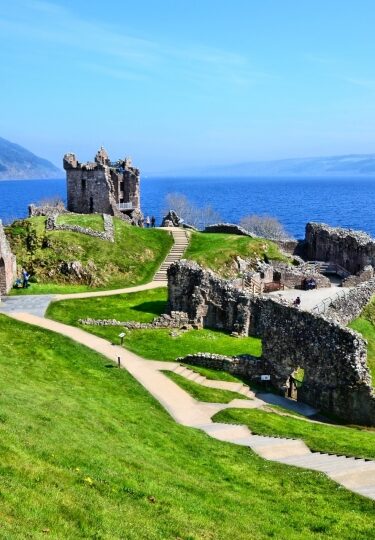The best time to visit Ireland and Scotland is in the spring, around April and May, or in the early fall, from September to October. During this time, crowds from the peak summer season largely dissipate and weather tends to be pleasant.
Temperature averages in both countries are around 55℉ (13℃ ), with warmer highs during the day in September, making it perfectly pleasant to go for leisurely walks provided you bring a jacket.
Both countries have a relatively similar mild temperate climate, with significant quantities of rainfall. Ireland’s oceanic climate means that it tends to be slightly cooler and wetter, with fewer extreme temperature fluctuations.
Visiting Ireland and Scotland by Season
Summer
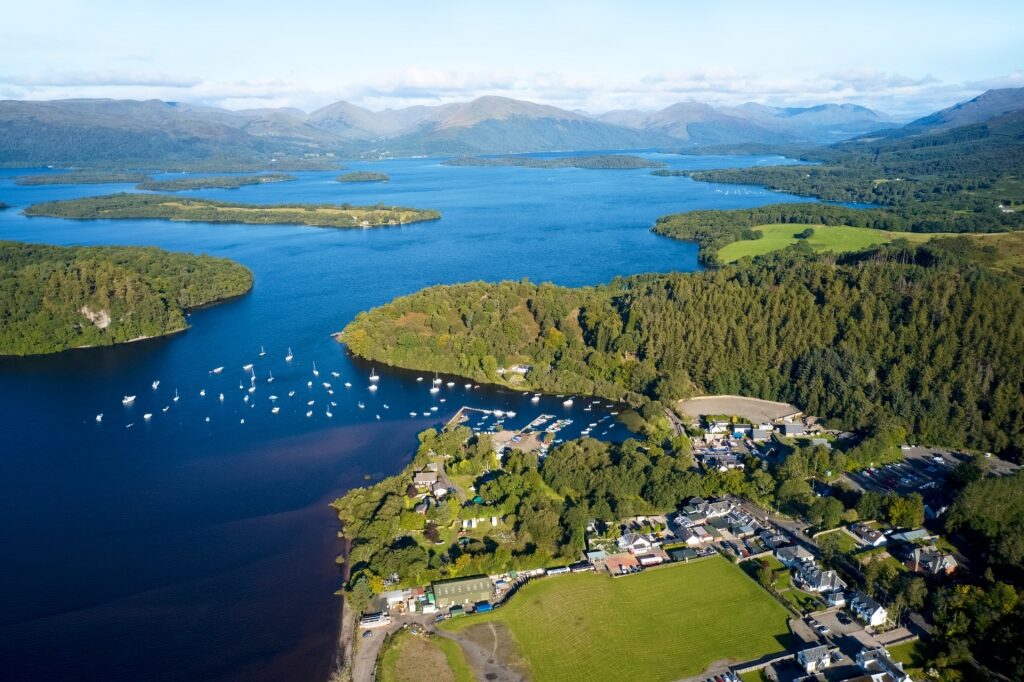
Loch Lomond, Scotland
Summer in Ireland and Scotland is the most popular time to visit, both due to the school holidays and the relative abundance of sunlight. Even during the height of the summer season in July and August, average temperatures are only around 60℉ (15℃ ) in both countries, although Scotland can err slightly warmer.
June is generally the driest month in parts of southern Ireland and sees a comparatively high number of sunny days in both countries.
If you’re in the Scottish Highlands in August, stock up on insect repellant, as midges can be a nuisance. If you’re in Edinburgh, prepare for crowds, as August is the month of the famous Fringe Festival, one of the most important celebrations of art and culture in the world.
Read: Scotland vs. Ireland: Which Should You Visit?
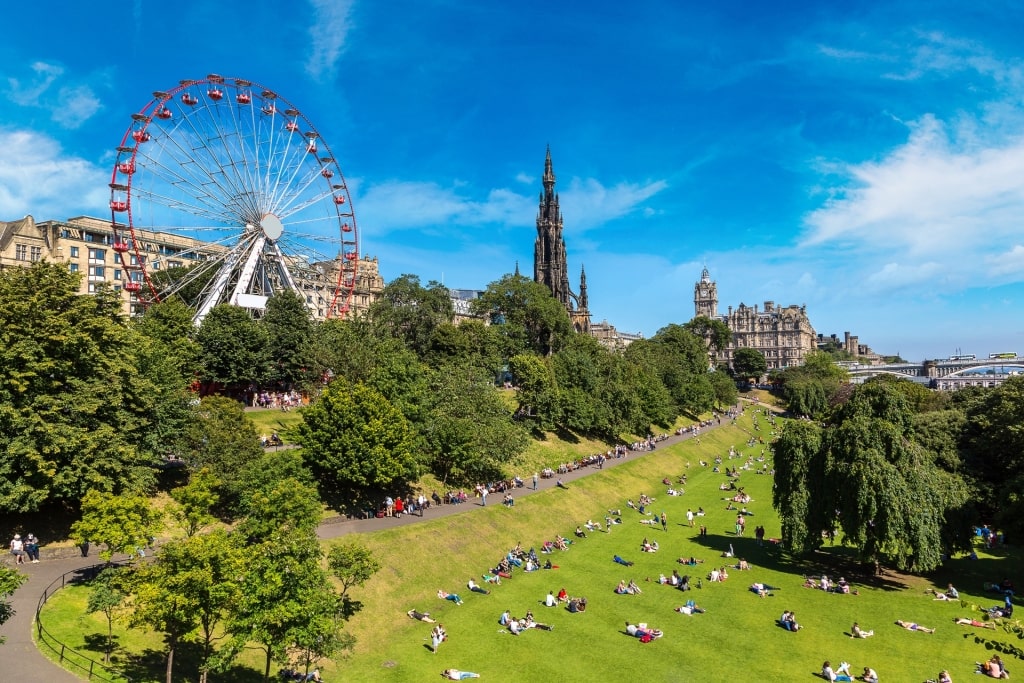
Edinburgh, Scotland
Fall
Fall in both countries tends to be chilly and a bit damp, although wonderfully atmospheric. October is the wettest month in Scotland, with an average rainfall of nearly six inches (176mm).
The slightly overcast skies never detract from the charm, however, as locals in both countries are used to cozying up in the pub this time of year and the rolling hills of Ireland, the Emerald Isle, are especially green.
Winter
Given their northern latitudes, both Ireland and Scotland receive little daylight during the winter months. On the winter solstice in December, the sun sets just after 4pm in Dublin and at 3:44pm in Glasgow. Winters seldom see snow, except in the Scottish Highlands, but the average temperatures of 44℉ (7℃) in Ireland and 37℉ (3℃) mean you’ll want to layer up.
Spring
Spring in Ireland and Scotland is the best time to visit. This season in both countries is lovely, particularly by the time May rolls around. April is generally the driest in most parts of Ireland and the crowds tend to be low while school is still in session.
Wildflowers bloom in the countrysides of both, making for some especially scenic vistas. Both countries can enjoy surprisingly hot days when the clear air accentuates the colors, from the green of the hills to the sapphire-blue of the sea.
Read: Ireland Travel Tips
When Is Rainy Season?
Both countries receive substantial amounts of rainfall, which is also key to their distinctive charms. To properly appreciate Ireland and Scotland requires developing a certain fondness for misty mornings and evenings by a roaring fireside.
That being said, late fall tends to be the rainiest time of the year in Scotland, while Ireland sees the most rain in December and January.
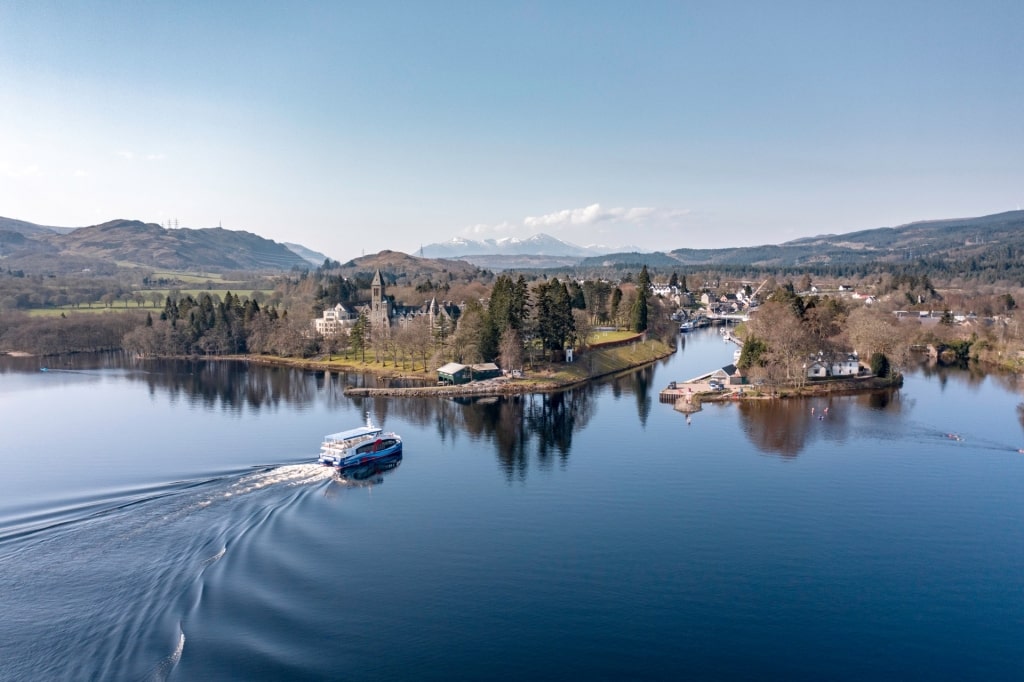
Loch Ness, Scotland
When Is High Season?
High season for Ireland and Scotland is usually June through August, when travelers from both the European Union and farther afield take advantage of the comparatively warmer weather, the long, light days, and school vacations.
Cities and certain attractions may be crowded during these times, although it never feels unmanageable.
When Is Shoulder Season?
The two shoulder seasons, from April to May and September to October, are arguably the best times of the year to visit Ireland and Scotland. Temperatures remain consistently pleasant, sometimes even hot, with minimal crowds and moderate levels of rain.
When Is Low Season?
Low season for Ireland and Scotland is generally from November through February, when the days are short and often rainy. The advantage here is that the big attractions in both countries belong to the locals once more, and it’s easy to get into museums and galleries.
The festive season in both countries is also something special, with plenty of holiday cheer to go around.
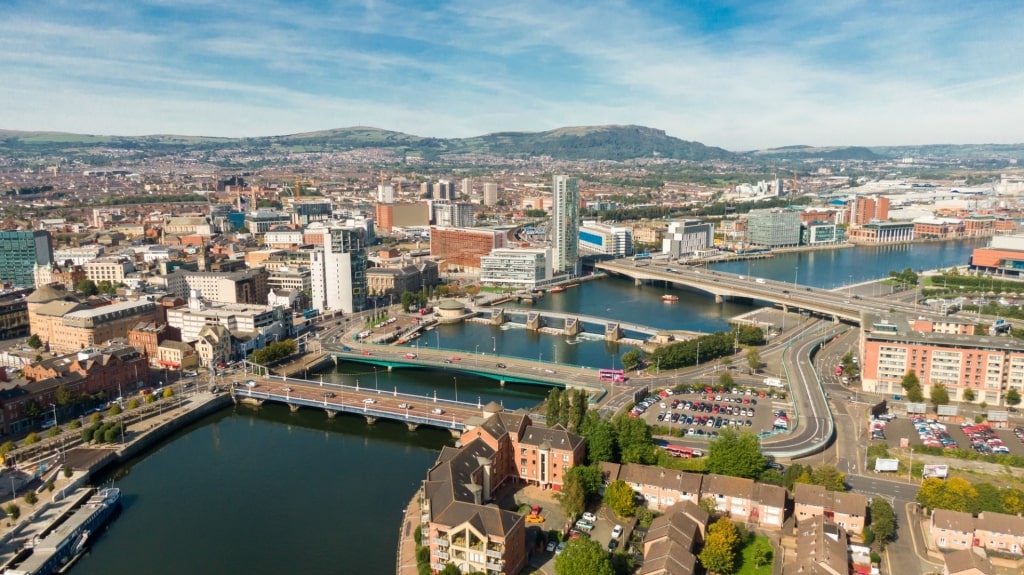
Belfast, Northern Ireland
Discover the allure of the British Isles on a cruise. Browse Celebrity’s cruises to Ireland and Scotland and book yours today.
